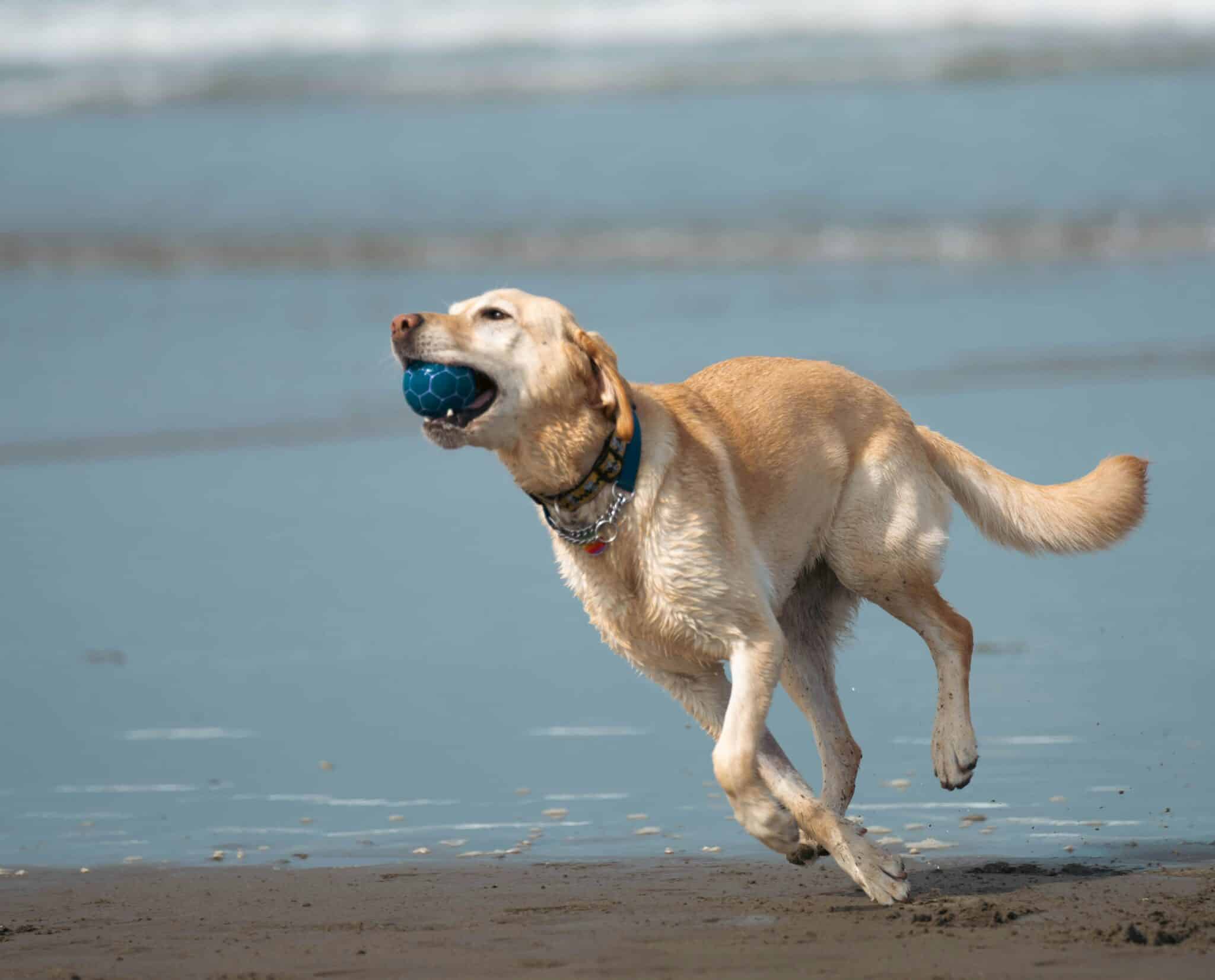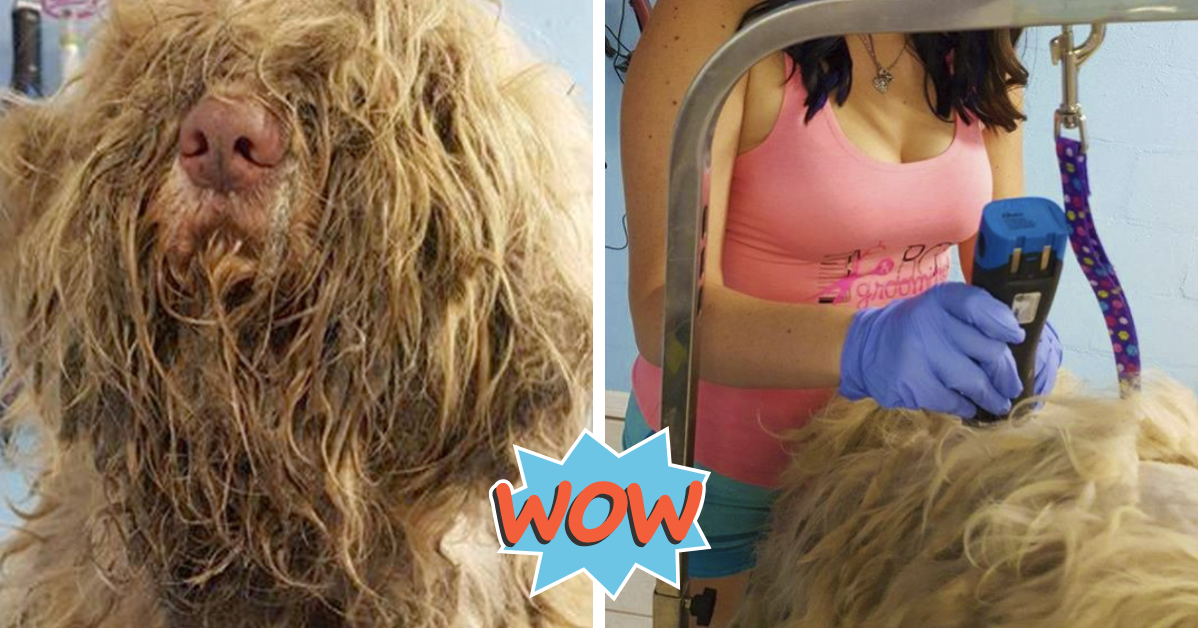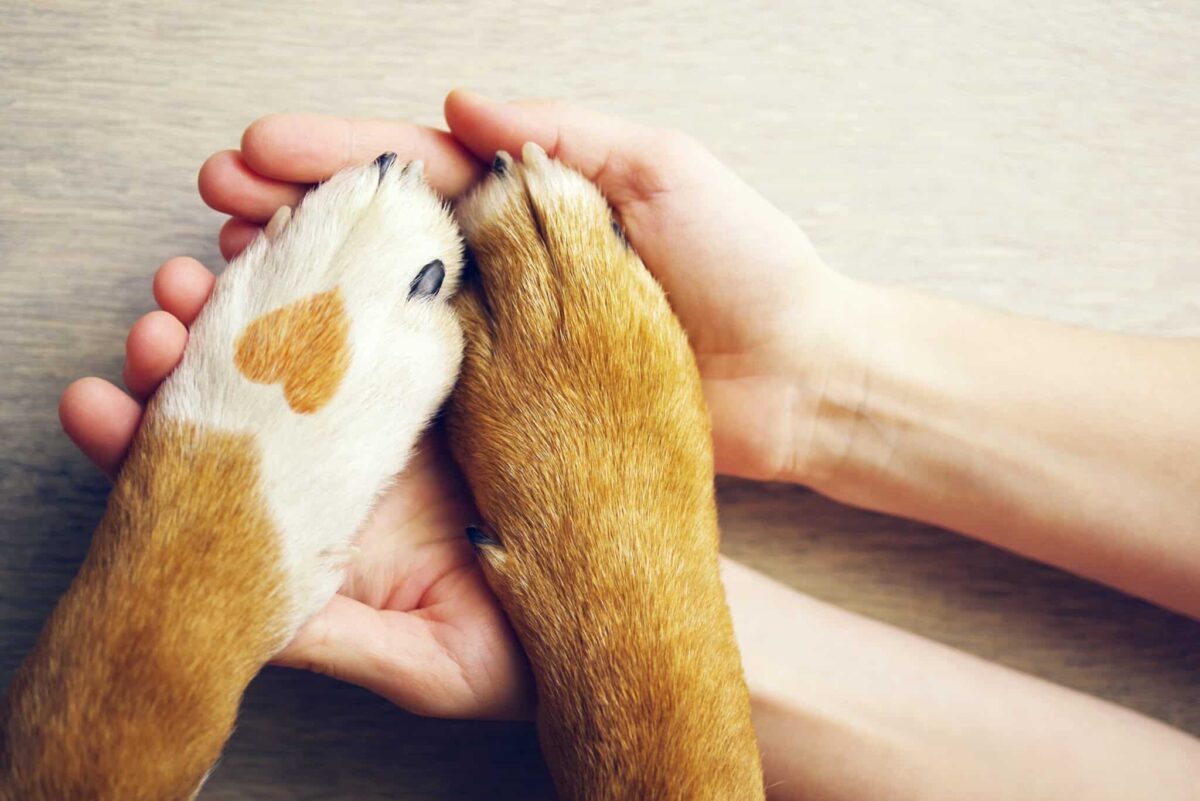Instinctual Drives
 Shutterstock
ShutterstockThe core of many dogs’ toy preferences are instinctual drives inherited from their wild ancestors. For example, dogs with high prey drives, like terriers, often love squeaky toys. The sound mimics the small squeaks prey animals make, which can trigger an instinctual response in certain dogs, simulating a hunting experience. Toys that move erratically or can be chased, such as balls or frisbees, attract herding breeds like Border Collies, who strongly urge to chase and “herd” objects. Tugging toys appeal to breeds that were historically used in tasks requiring strength, like Bulldogs, as they replicate the pulling and holding motions these dogs are bred for.
Comfort Objects
 Shutterstock
ShutterstockSome dogs become deeply attached to specific toys, treating them as comfort objects. This behavior is especially common among puppies and dogs with separation anxiety. Soft, plush toys, in particular, can serve as a source of comfort, as their texture and warmth may remind dogs of their mother or littermates. These comfort toys can become emotional support items, and dogs may carry them around, sleep with them, or even groom them. For dogs experiencing anxiety, having a consistent, comforting object can provide reassurance, helping them feel secure in unfamiliar or stressful environments.
Problem-Solving Preferences
 Shutterstock
ShutterstockDogs are intelligent animals; some breeds, like Border Collies, German Shepherds, and Poodles, are particularly known for their problem-solving abilities. Puzzle toys, which require dogs to solve a challenge to access treats, can provide mental stimulation for these brainy breeds. These toys are especially useful for dogs prone to boredom, as they give the dog a sense of purpose and satisfaction. Puzzle toys range from simple treat-dispensing balls to intricate puzzles with multiple steps. For dogs that love a challenge, these toys offer an excellent way to keep their minds active and prevent destructive behavior born from boredom.
Social Play
 Shutterstock
ShutterstockTug toys are a favorite for many dogs because they cater to a natural inclination for social play. Tugging on a rope or sturdy toy is a cooperative activity, allowing dogs to interact with their owners or other dogs. This type of play not only satisfies physical needs but also strengthens the bond between a dog and their human. Tugging can also be a form of exercise that channels a dog’s energy into a structured, controlled activity. For breeds with a competitive streak, like Boxers or Staffordshire Bull Terriers, tug toys provide a safe outlet for their spirited personalities.
Texture and Mouth Feel
 Shutterstock
ShutterstockA dog’s preference for a particular toy may also be texture and “mouth feel.” Dogs explore the world through their mouths, and the texture of a toy can influence how much they enjoy it. Some dogs love the squishiness of plush toys, while others prefer the resistance offered by tougher rubber toys. Dogs that love to chew, like Labradors or Rottweilers, often favor hard, durable toys that give them something to sink their teeth into without being destroyed too quickly. The texture of a toy can also stimulate a dog’s gums and teeth, which is particularly appealing to puppies going through teething.
Smell and Taste
 Shutterstock
ShutterstockDogs have an incredible sense of smell, so it’s no surprise that scent can play a role in toy preference. Toys infused with flavors, like bacon or peanut butter, can be especially appealing to dogs, as they stimulate taste and smell. Scented or flavored toys stimulate a dog’s sensory system, encouraging longer engagement. For breeds with a strong sense of smell, like Beagles or Basset Hounds, toys that incorporate food or appealing scents can be especially satisfying. Even unscented toys, like those made from natural rubber, can carry a subtle scent that may attract dogs’ attention.
Sound and Squeaks
 Shutterstock
ShutterstockFor many dogs, the toy’s sound is a significant part of its appeal. Squeaky toys, in particular, are loved by dogs because the noise mimics the sounds made by small prey animals, tapping into their hunting instincts. The immediate feedback from a squeak can also make a toy more interactive and rewarding for the dog. Dogs like Dachshunds, which were originally bred for hunting, are particularly drawn to toys with squeakers. The sound provides an engaging stimulus, encouraging them to bite, shake, and “capture” their prey.
Reinforcing Positive Behavior
 Shutterstock
ShutterstockToys can play an important role in positive reinforcement training, making certain toys more meaningful to dogs. For instance, if a dog consistently receives a specific toy as a reward for good behavior, it becomes associated with positivity and excitement. Training-focused dogs, like Border Collies or Golden Retrievers, may develop a special preference for toys used during training sessions. By associating toys with praise, playtime, or treats, owners can help create a strong emotional attachment between the dog and the toy, making it even more desirable.
Age-Appropriate Toys
 Shutterstock
ShutterstockA dog’s age can heavily influence the types of toys they prefer. Puppies, with their high energy and need to chew, often favor softer, smaller toys they can carry and bite. Older dogs, on the other hand, might gravitate towards toys that are gentler on their teeth and gums, as they may not have the same dental strength they once did. Interactive toys are often a hit with younger, more active dogs, while seniors may enjoy comfort-based or gentle chew toys. Recognizing these age-based preferences helps in selecting toys that will truly bring joy and enrichment to dogs throughout their lives.
Toys and Confidence Building
 Shutterstock
ShutterstockCertain toys can be powerful tools in building confidence for shy or fearful dogs. Interactive toys, like treat puzzles, provide dogs with a sense of achievement, encouraging them to explore and interact with their environment. Additionally, fetch toys and tug games offer opportunities for shy dogs to bond with their humans in a non-threatening way, helping them feel more comfortable and secure. Owners can help boost their dog’s self-esteem by choosing toys that promote positive interactions, turning playtime into a therapeutic experience for anxious pups.
Breed-Specific Preferences
 Shutterstock
ShutterstockA dog’s breed can significantly influence their toy preferences. Herding breeds, like Collies, are often drawn to toys that involve movement, as they mimic the behavior of herding livestock. Retrievers, true to their name, typically love fetch toys, as this activity aligns with their instincts. Small terrier breeds, bred to hunt vermin, may enjoy digging or squeaky toys that replicate the sounds and movements of small animals. Understanding these breed-based tendencies allows owners to choose toys that align with their dog’s natural drives, enhancing engagement and satisfaction.
Toy Variety and Rotation
 Shutterstock
ShutterstockDogs, like people, can get bored with the same toys over time. Rotating toys and introducing new ones periodically can help maintain a dog’s interest and prevent them from disengaging. A varied selection of toys not only keeps dogs mentally stimulated but also caters to their different moods and energy levels. For instance, a dog may prefer a plush toy for comfort during quiet moments and a bouncy ball for outdoor play. Regularly rotating toys keep playtime engaging, encouraging a dog to stay active and fulfilled.
The Real “Toy Story”
 Shutterstock
Shutterstock
 3 weeks ago
9
3 weeks ago
9


















 English (US) ·
English (US) ·